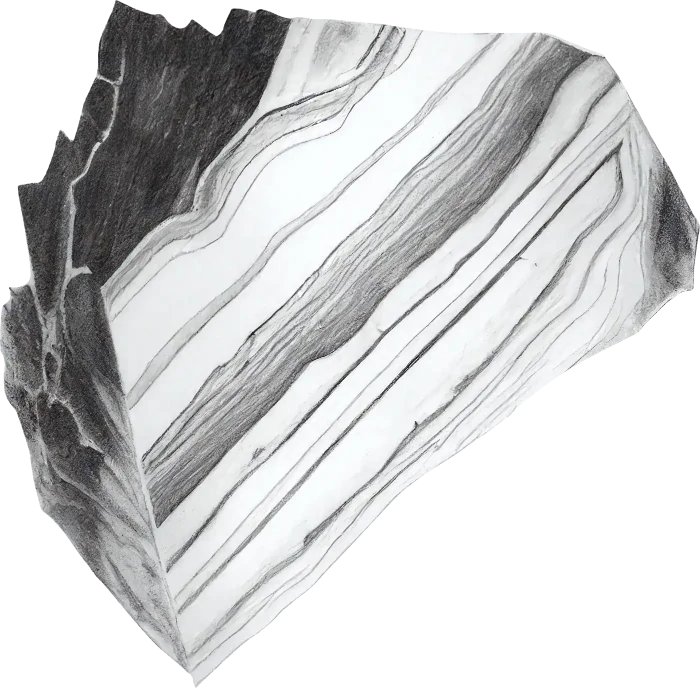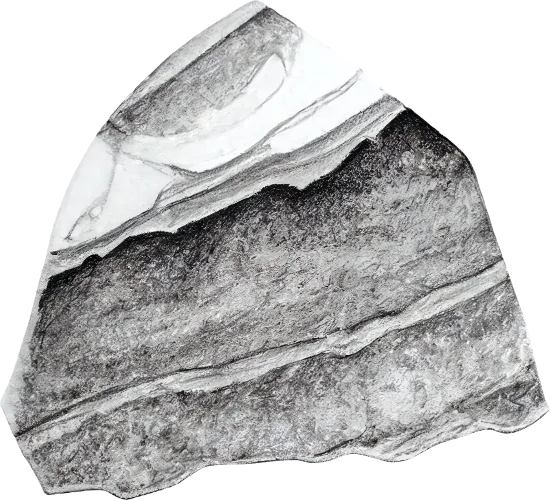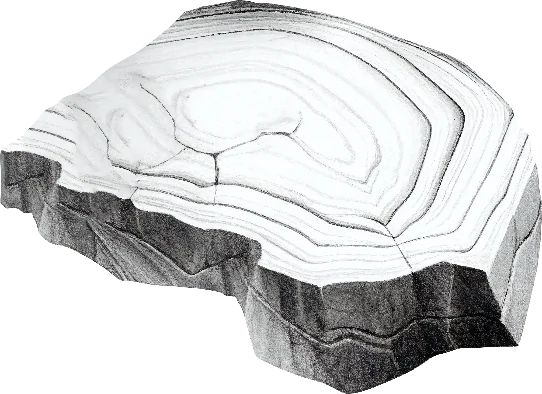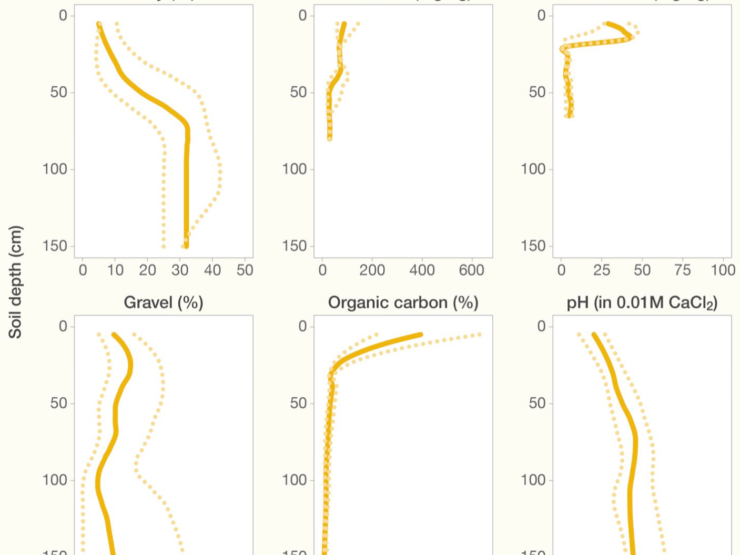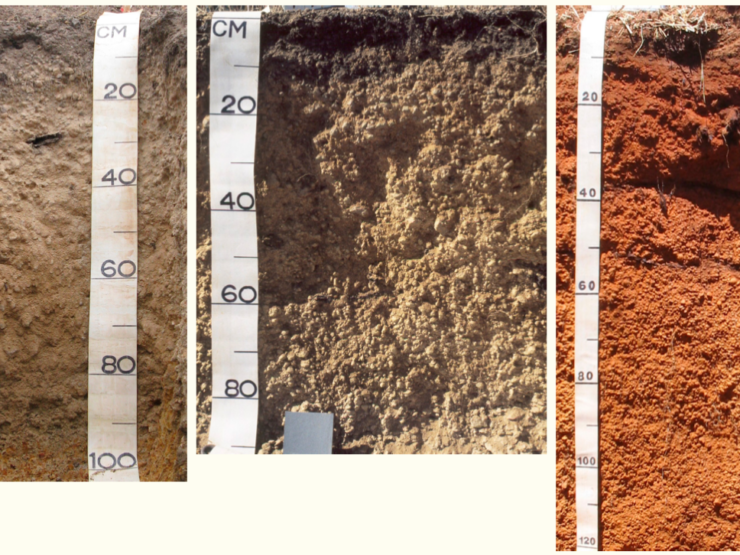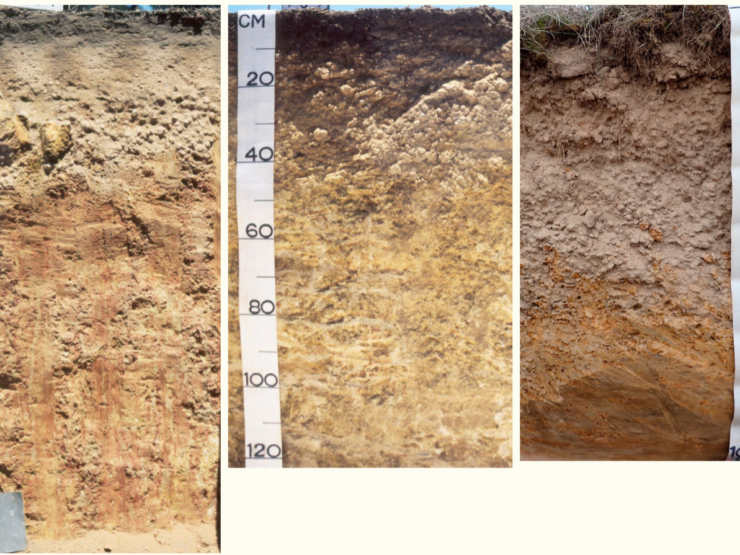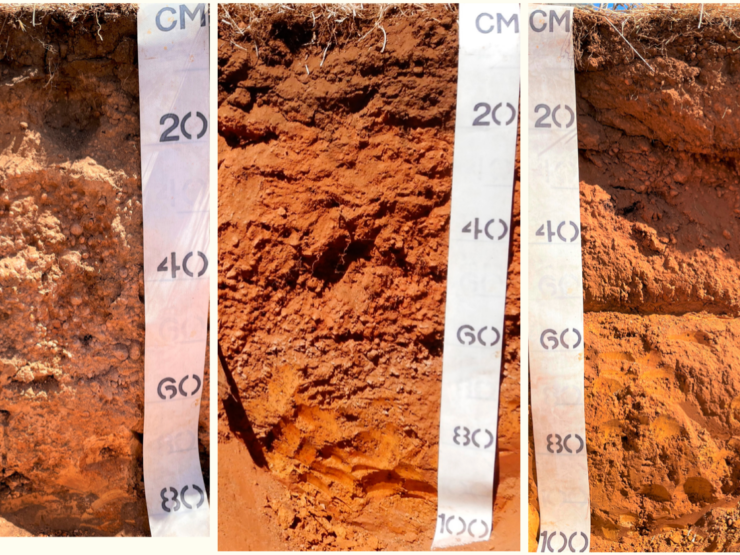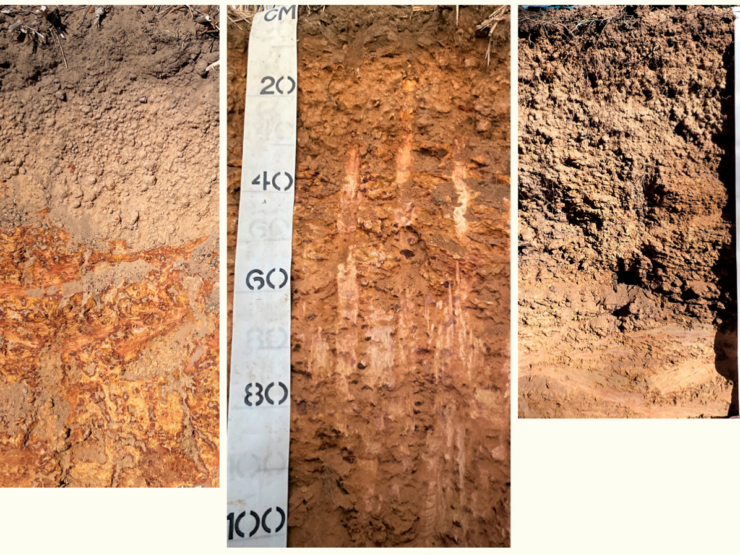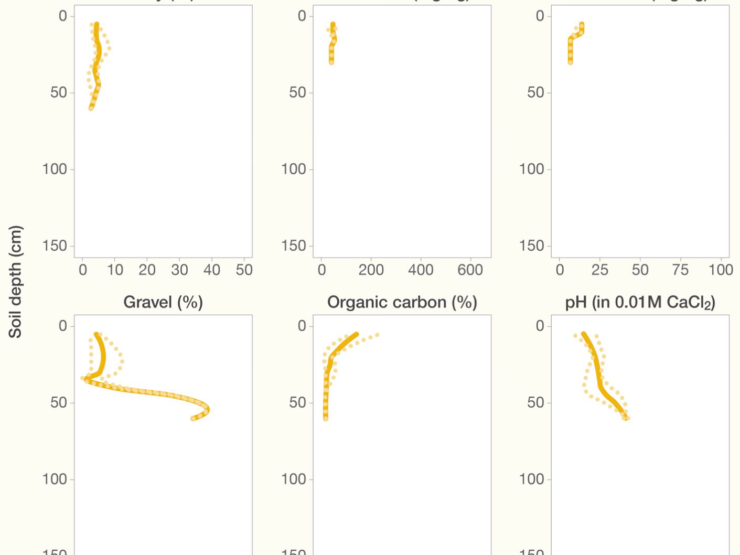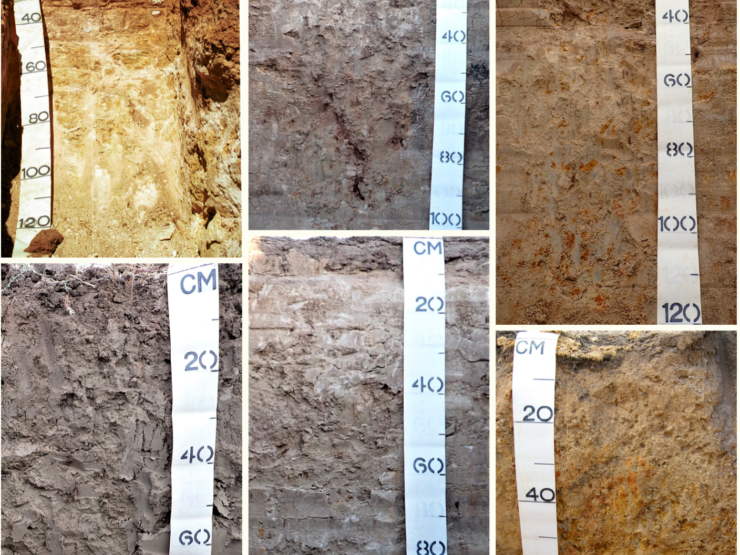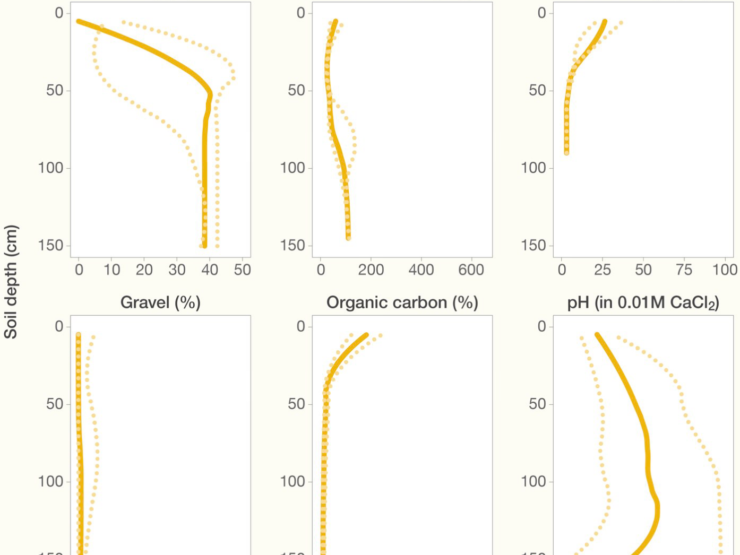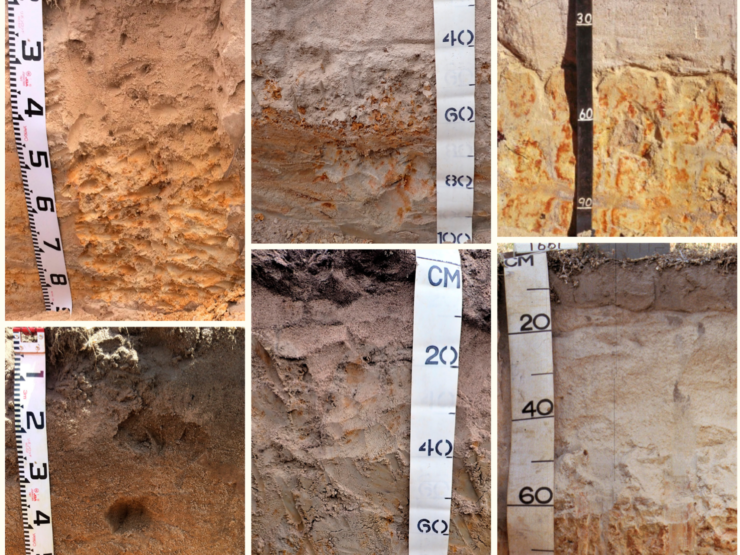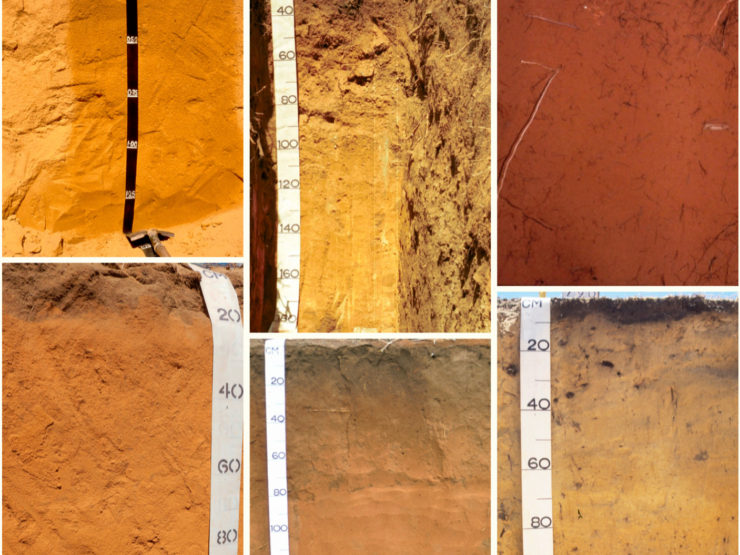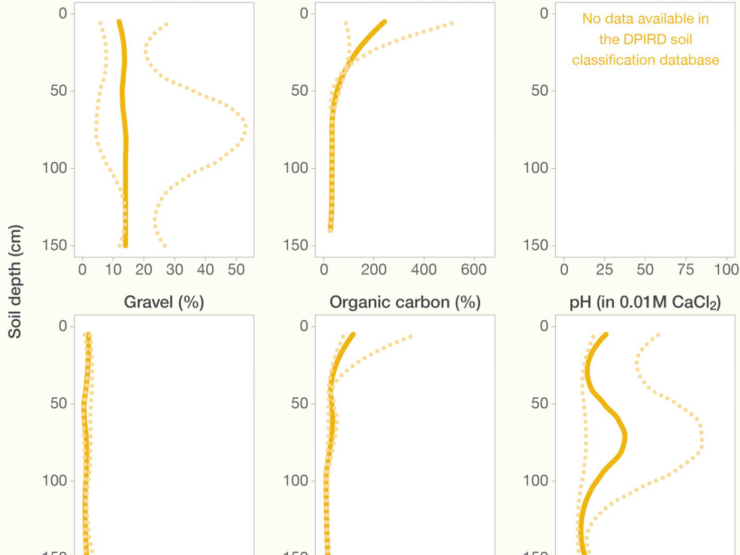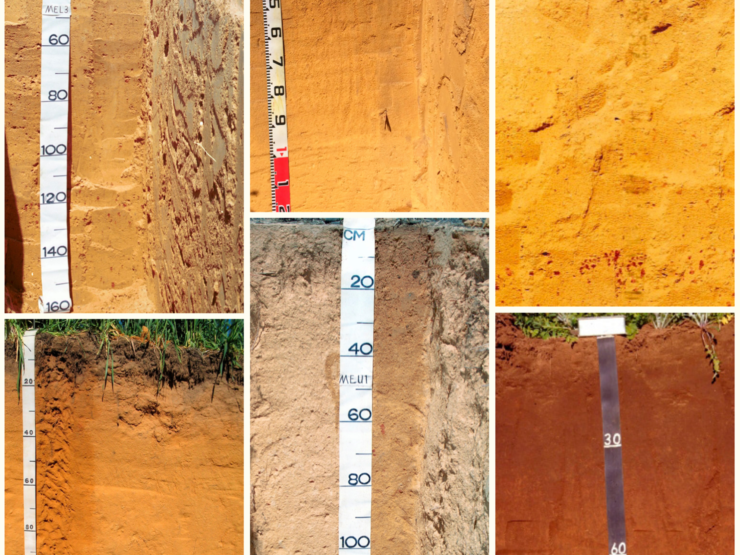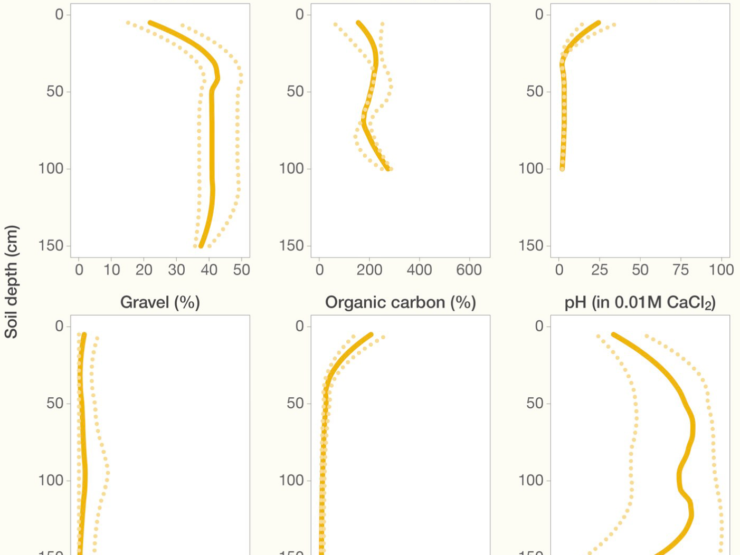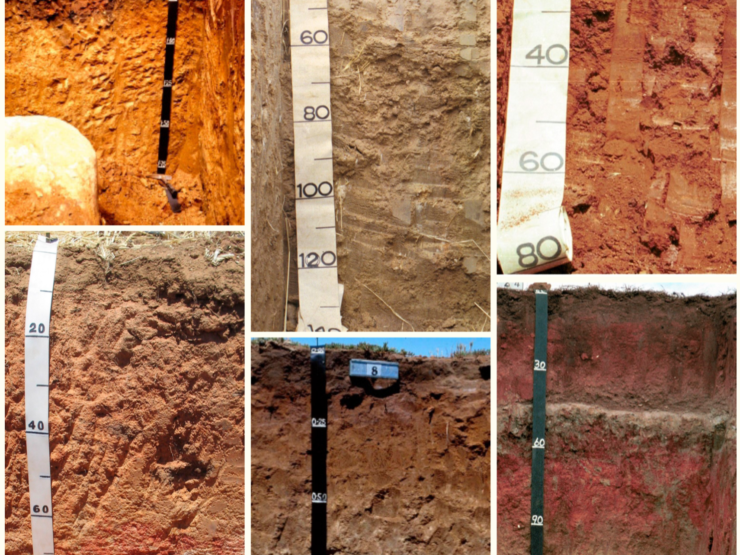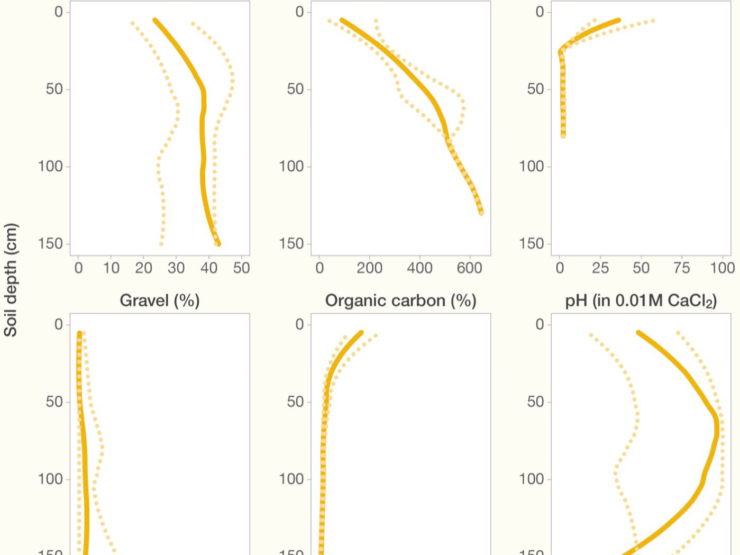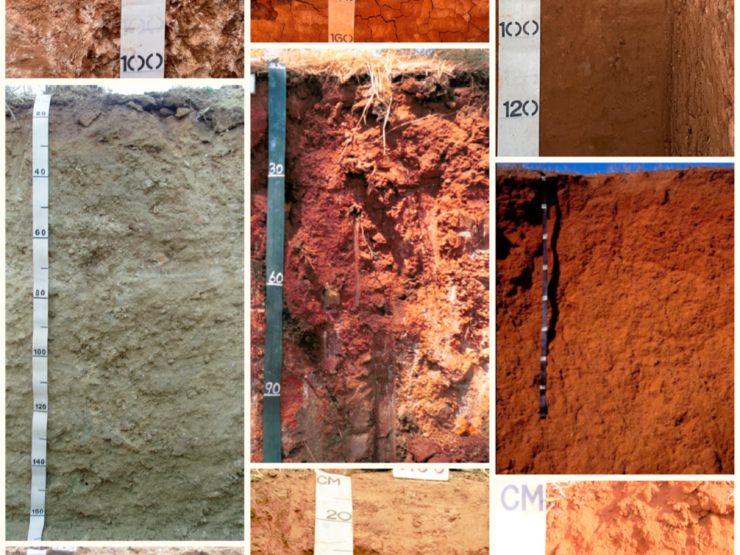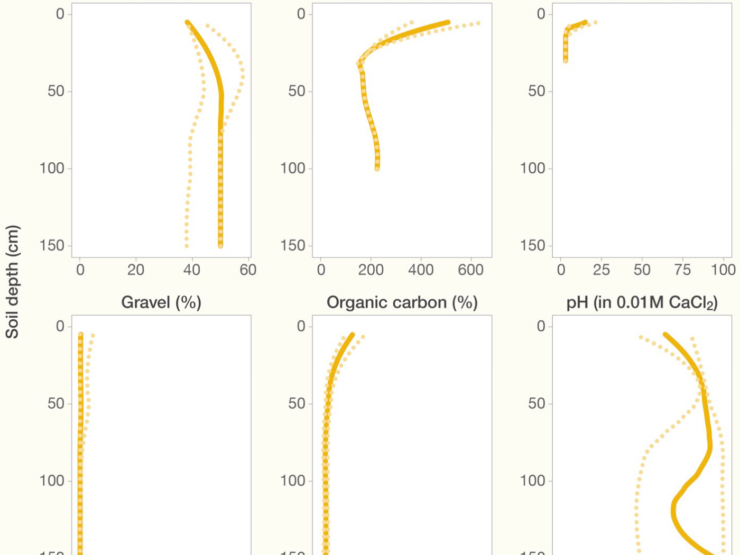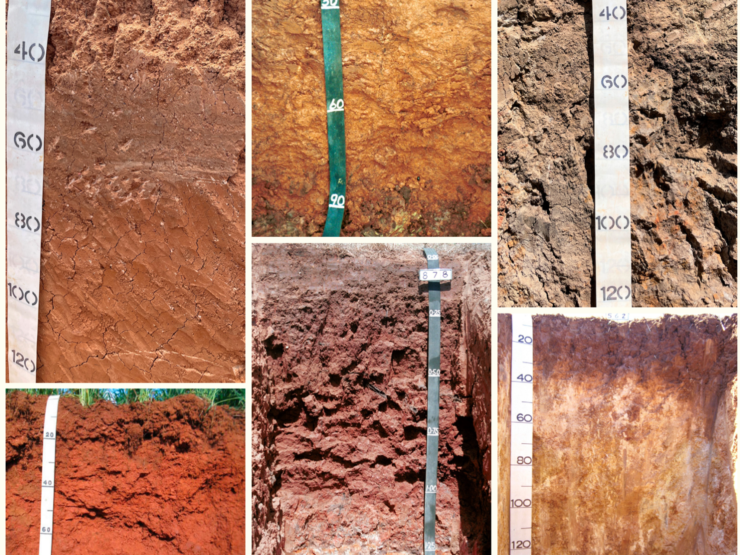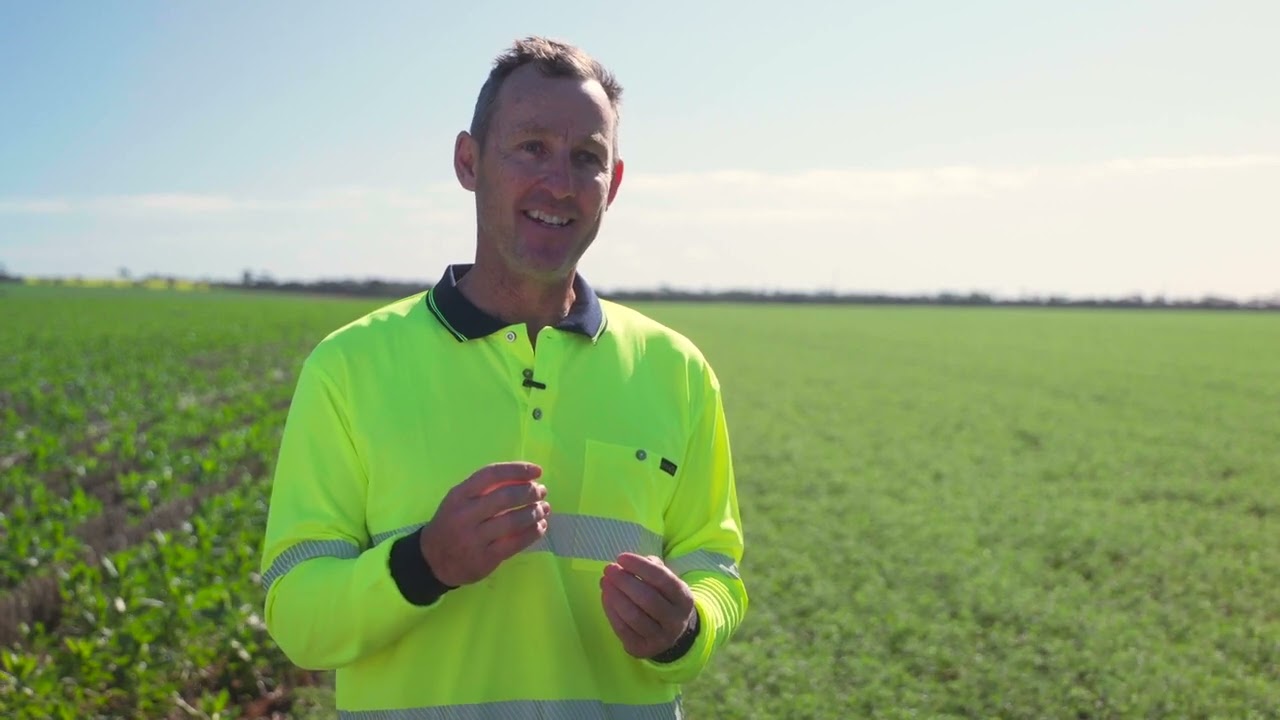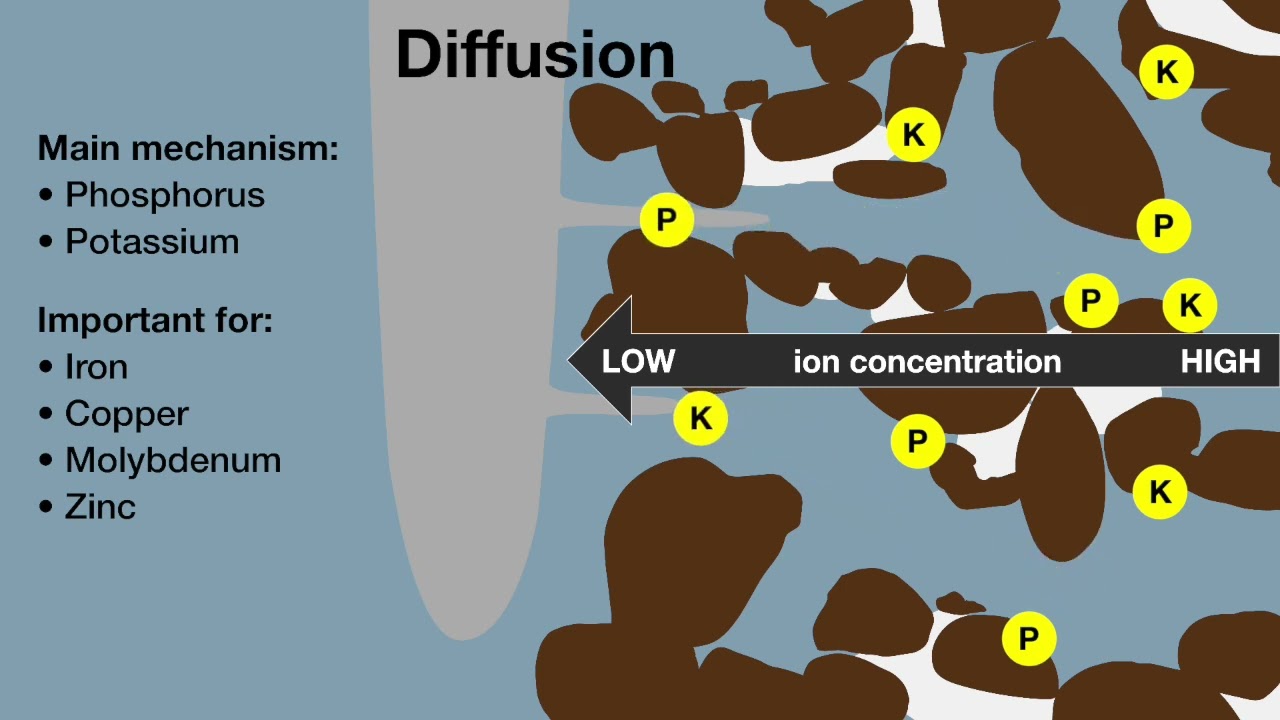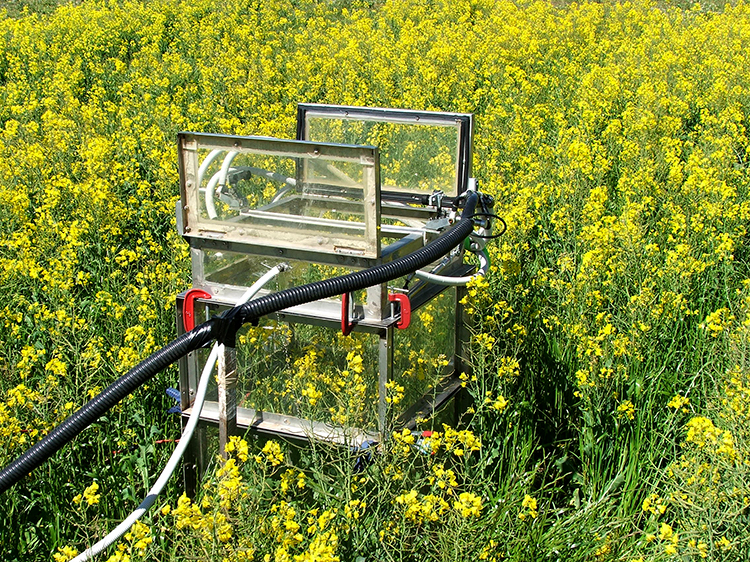Date
2023/10/18
Soil Quality ebook
Soil Quality: 10 Plant Nutrition
Organisations
SoilsWest
Department of Primary Industries and Regional Development
Grains Research and Development Corporation
Authors
Craig Scanlan
David Weaver
Richard Bell
Ryan Borrett
Miaomiao Cheng
Understanding how physical and chemical soil properties vary at depth in different soil types can inform soil sampling strategies and management decisions.
The capacity of soil to store and supply nutrients to crops depends on its inherent properties. Clay content, clay mineralogy, the presence of aluminium or iron-bearing minerals and the presence of gravel influence how much surface area exists. These properties influence the amount of organic matter, phosphorus and potassium that can be stored in soil and how readily they are released in a plant-available form.
The distribution of nutrients, clay and gravel differs between soil types used for crop production. Although it is important to soil test your own soil, these data and images show soil types used for crop production in the south-west of Western Australia and their common soil properties (data and images extracted from the DPIRD soil database).
Ironstone gravel soil
Soil that has an ironstone gravel layer (>20% gravel and >20 centimetres thick) within the top 15 centimetres and ironstone gravels are a dominant feature of the profile. No cemented layer or rock evident within 30 centimetres. Ironstone gravel soil has higher organic carbon at 0–10 centimetres than other soil types in the south-western agricultural region and Colwell-P is highly stratified due to higher phosphorus buffering index values (not shown here).
Shallow sand
Soil with rock, hardpan or other cemented layer between 30 centimetres and 80 centimetres. Sandy texture group throughout and not deeper than 80 centimetres. Shallow sands have low levels of organic carbon, Colwell-P and Colwell-K.
Sandy duplex
Soil with a sandy topsoil texture grade and a texture contrast or permeability contrast between 3 and 80 centimetres. Ironstone gavel or cemented layer may become evident in subsoil. Cowell P and organic carbon are at intermediate levels in comparison to other soil types in the south-western agricultural region. Colwell-K increases with depth in sandy duplex soil.
Deep sand
Soil with sandy topsoil texture grade and a uniform sandy texture profile greater than 80 centimetres deep. No rock or cemented layer within 80 centimetres. Deep sandy soil has very low levels of Colwell-K and organic carbon. Colwell-P is more evenly distributed in the top 30 or 40 centimetres of soil than other soil types in the south-western agricultural region because phosphorus buffering index is extremely low and phosphorus can leach in this soil.
Sandy earth
Soil with a sandy topsoil and grading to sandy loam or heavier textured by 80 centimetres. May have gravel or hardpan at depth. Colwell-K tends to be higher in sandy earth soil types than in deep sands. Organic carbon levels are similar to deep sands. No Colwell-P data were available for this soil.
Loamy duplex
Soil with a loamy topsoil texture grade and a texture or permeability contrast between 3 and 80 centimetres. Gravel or cemented layer may be present in subsoil.
Loamy duplex soil types have high levels of Colwell-K and high pH. Colwell-P and organic carbon are at intermediate levels in comparison to other sol types in the south-western agricultural region.
Loamy earth
Soil with a loamy topsoil texture grade and uniform texture profile or grading to heavier subsoil within 80 centimetres. Usually no gravel or cemented layer within 80 centimetres.
Loamy earth soil types have very high levels of clay, Colwell-K and high pH.
Clay
Soil that has a clayey topsoil texture grade at least 30 centimetres thick and if the soil also displays vertic properties, gravel, hardpan or other cemented layer may be present at depth.
Clay soil types have very high levels of clay, Colwell-K and high pH.
References
ebook Soil Quality: 10 Plant Nutrition
Scanlan C, Weaver D, Bell R, Borrett R and Cheng M (2023)

